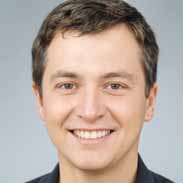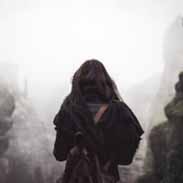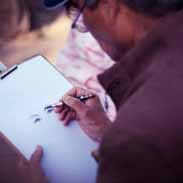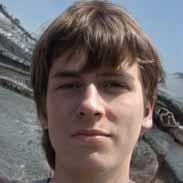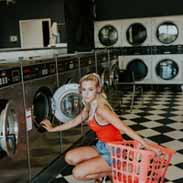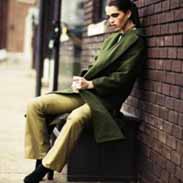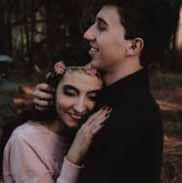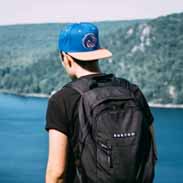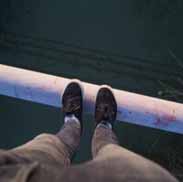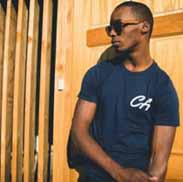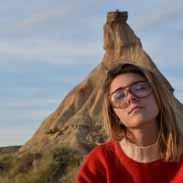Economic Systems Flashcards, test questions and answers
Discover flashcards, test exam answers, and assignments to help you learn more about Economic Systems and other subjects. Don’t miss the chance to use them for more effective college education. Use our database of questions and answers on Economic Systems and get quick solutions for your test.
What is Economic Systems?
An economic system is a set of principles and institutions that govern the production, distribution, and consumption of goods and services in a given society. It includes the combination of various social institutions, such as government agencies, banks, producers, consumers, labor markets, and other elements that interact to create an economy. Economic systems differ in several ways including their structure (including who owns the means of production), their governing policies (including taxation levels) and their management style (including how decisions are made).The two main types of economic systems are capitalism and socialism. Capitalism is an economic system based on private ownership of capital goods productive resources in society that are used to produce more goods or services. In this system, individuals own property such as land or machines which they use to produce products that they sell in the market for profit. The profits made by these individuals can be reinvested into their business or used to purchase other products that they need. Socialism is an economic system based on public ownership of capital goods meaning all productive resources are owned by the state or another public entity rather than by private individuals or companies. This form of government seeks to provide equal opportunity for all citizens through providing free education and health care for everyone as well as ensuring job security for those who work in certain industries such as healthcare or education.Each type of economic system has its own strengths and weaknesses but ultimately it’s up to each individual country to decide which one works best for them depending on their particular situation. For example, countries like Japan have seen great success with capitalism while countries like Germany have used a combination of both capitalism and socialism with great success as well. Ultimately it’s up to each individual country to decide what type of economic system works best for them depending on their particular situation at any given time

